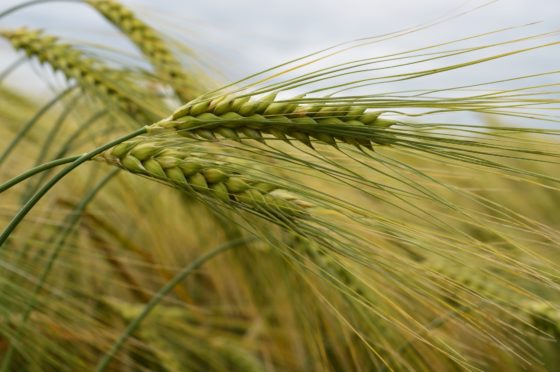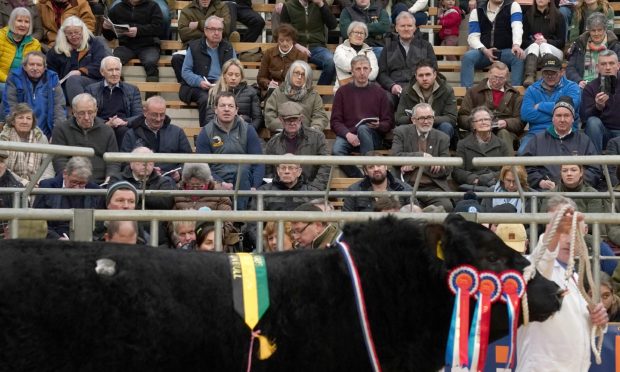Scientists have identified a natural variation on a gene which they believe may lead to varieties with improved yield and resilience.
The discovery was made by International Barley Hub scientists working at the James Hutton Institute (JHI) in collaboration with teams elsewhere in the UK, in Australia and China.
The scientists found while excessive sodium in soil – which is transported from the root to the shoot of barley plants – is toxic to most plants, non-toxic concentrations can improve yields under certain conditions, such as when soil potassium is low.
The findings, the result of five years’ work, are in the latest issue of Communications Biology. The research team explains how they looked at a specific version of the gene HKT1;5 which allowed barley plants to accumulate high concentrations of sodium without adverse impacts on plant growth.
JHI barley geneticist and the study’s lead author Dr Kelly Houston, said: “This particular version of HKT1;5 is present in 35% of contemporary barley genetic material, compared to being almost absent in the wild barley and landraces screened, which means there is potentially an advantage to having it in future varieties.”
JHI chief executive Professor Colin Campbell said: “Barley is one of the UK’s most valuable crops and so this discovery is important and likely to have significant economic impact. The International Barley Hub is showing again that research in this area can yield great returns on investing in basic understanding of barley.”
The research was a collaboration between barley scientists at JHI and colleagues at Nottingham University, Adelaide University, Australian National University and Huaiyin Normal University.
nnicolson@thecourier.co.uk










